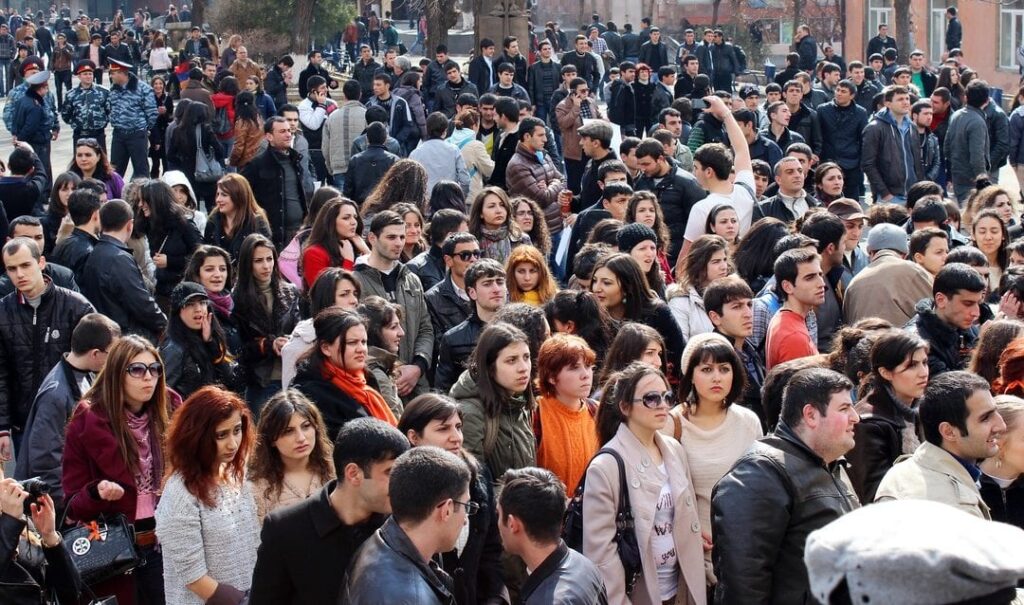Unless you’ve been living under a rock, you’ll have noticed that there were a series of “black lives matter” protests around the country recently.
You might have also noticed that different States reacted different ways to the idea of the protests, especially with the COVID-19 restrictions still in place. So we had:
- Queensland protests which went through largely unchallenged;
- NSW protests which required both a Supreme Court application and a subsequent appeal to get going;
- Commentary from politicians, medical organisations and protest organisers, all of which made it pretty clear that there was no consensus about how situations like this should be handled.
So how do protests work in Queensland? Can you really just shut down city streets with a large group of people, or is there more to it?
Freedom of Speech
Having been raised on a steady diet of American television, many young Australians are convinced that they have a right to Freedom of Speech that is enshrined in the Constitution of Australia.
That’s not the case.
Nor is there any clear country-wide law which says “You, Australian citizen, have a right to freedom of expression”.
What we do have is:
- An implied (or inferred) freedom of political communication. The basic idea is that, as part of our political system where the parliament is “chosen by the people”, that choice must be informed by the free and unfettered ability to communicate relevant information.
- Certain rights under the International Covenant on Civil and Political Rights (ICCPR) that Australia has adopted. These include rights to:
- Freedom of thought, conscience and religion;
- Hold opinions without interference;
- Freedom of association;
- Peaceful assembly.
It’s this last one that plugs into our discussion on protesting.
The Right to Peaceful Assembly
Article 21 of the ICCPR says:
The right of peaceful assembly shall be recognized. No restrictions may be placed on the exercise of this right other than those imposed in conformity with the law and which are necessary in a democratic society in the interests of national security or public safety, public order (ordre public), the protection of public health or morals or the protection of the rights and freedoms of others.
So, basically, Australia has adopted the principle that peaceful assembly is a recognised right in Australia.
This principle has then been repeated and reflected in certain other laws around the country, including Queensland’s aptly named Peaceful Assembly Act or PAA.
How do Protests Work in Queensland?
While freedom of assembly exists, governments are allowed to place reasonable restraints on the exercise of those freedoms.
So while the PAA confirms your right to “protest” (ie – peacefully assemble) it also creates a process for you to give notice of your intention to assemble, receive an authorisation to assemble and, potentially, have conditions placed on your proposed assembly.
Here’s how it works:
- You fill out the relevant form, called a Notice of Intention to Hold a Public Assembly
- That form gets given to the Commissioner of the Police, or in some cases the relevant local authorities;
- Then one of a few things might happen:
- The organiser might get a notice of permission; or
- If you gave the notice 5 business days or more before the proposed assembly, and there has NOT been an order from the Magistrates Court refusing to authorise it, then it is taken to have been approved;
- If you gave the notice less than 5 business days beforehand, then you’ll need an order of the Magistrates Court authorising it.
Provided you have followed those steps and your assembly is approved, you are largely free to run your protest in the way and on the conditions that were approved.
Can you Get Arrested for Protesting?
A person who participates in an authorised public assembly that is:
- peaceful;
- substantially in accordance with the particulars provided in the notice of intention, and any conditions placed upon the assembly,
does not, simply by participating, incur any civil or criminal liability.
So if you’re proposing to attend a protest, it’s sensible to inform yourself about the proposed manner of the assembly and any conditions that might have been placed upon it before you turn up. If you’re not sure, then ask the organisers.
Critically, however, participating in any protest that turns violent or, more accurately, “not peaceful” immediately makes you vulnerable to arrest.
What about COVID-19?
So if the right to peaceful assembly exists in Australia then how can the government tell people not to meet, and why would there be a legal clash between the COVID restrictions and the protests?
Well, the ICCPR also allows for restrictions, in particular in times of declared public emergency, which is where we find ourselves at the moment.
Queensland Protesting in a Nutshell
Submit your notice of intention to hold an assembly in a timely fashion.
Follow the plan you laid out and any conditions placed on the assembly. If you aren’t an organiser, then inform yourself about what these are.
Keep it peaceful.
And of course, if you do find yourself in a conflict with the police, then always call your friendly neighbourhood criminal lawyers for help.

